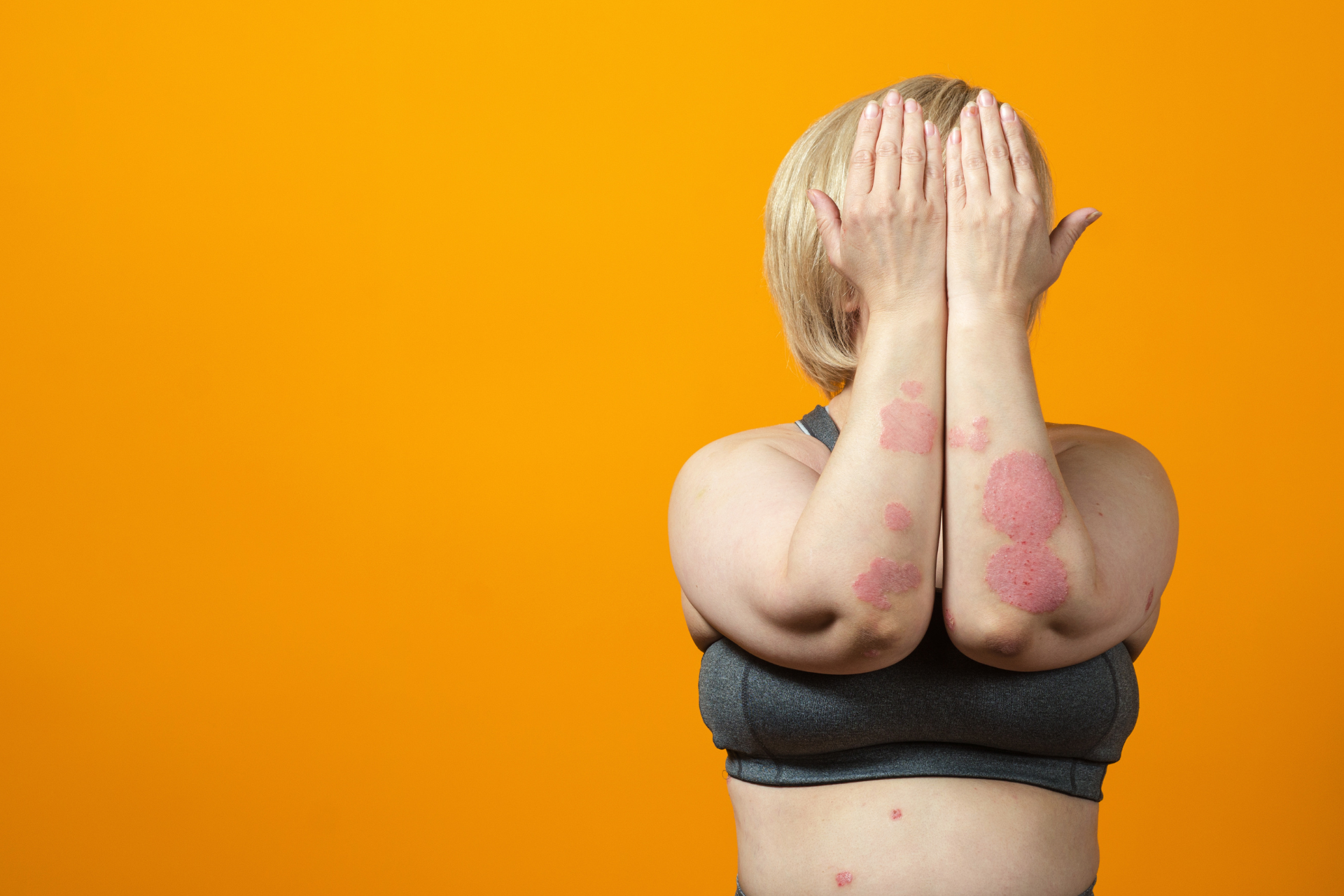Managing Eczema and Psoriasis: Tips for Relief

Introduction:
Living with eczema and psoriasis can be a challenging experience, both physically and emotionally. These common skin conditions can cause discomfort, itching, redness, and inflammation, impacting your quality of life. If you're struggling with eczema or psoriasis, finding ways to manage and alleviate your symptoms is crucial. In this blog post, we will discuss some helpful tips for relief that you can incorporate into your daily routine. Fall Creek Skin and Health Clinic is here to provide you with the support and care you need to effectively manage these conditions.
Understanding Eczema and Psoriasis:
Eczema and psoriasis are chronic skin conditions that can be triggered by various factors, including genetics, environmental factors, and immune system responses. Eczema, also known as atopic dermatitis, often presents as red, itchy patches on the skin that can be inflamed and irritated. Psoriasis, on the other hand, is characterized by thick, red patches of skin covered with silvery scales. Both conditions can cause discomfort and self-consciousness in those who suffer from them.
Tips for Managing Eczema and Psoriasis:
1. Moisturize regularly
Keeping your skin well-hydrated is essential for managing eczema and psoriasis. Use gentle, fragrance-free moisturizers and apply them daily to help prevent dryness and itching.
2. Avoid triggers
Identify and avoid triggers that worsen your symptoms, such as certain fabrics, allergens, or harsh chemicals. By minimizing your exposure to these triggers, you can help reduce irritation and flare-ups.
3. Use gentle skincare products
Opt for mild, non-irritating skincare products that are specifically designed for sensitive skin. Avoid harsh cleansers or exfoliants that can further aggravate your condition.
4. Manage stress
Stress has been shown to exacerbate skin conditions like eczema and psoriasis. Incorporate stress-reducing activities into your daily routine, such as yoga, meditation, or deep breathing exercises.
5. Maintain a healthy diet
Eating a balanced diet rich in fruits, vegetables, and omega-3 fatty acids can help support overall skin health. Avoiding trigger foods, such as dairy or gluten, may also help reduce inflammation in your body.
6. Seek professional help
If your eczema or psoriasis symptoms are severe or not improving with at-home remedies, it's important to seek medical advice from a dermatologist or healthcare provider. They can provide you with personalized treatment options, such as prescription medications or light therapy.
At Fall Creek Skin and Health Clinic, our team of experienced healthcare professionals is dedicated to helping patients manage their skin conditions effectively. Whether you're dealing with eczema, psoriasis, or other skin-related issues, we are here to provide you with compassionate care and support.
Conclusion:
Managing eczema and psoriasis requires a combination of self-care practices, professional guidance, and patience. By incorporating the tips mentioned in this blog post into your daily routine and seeking support from healthcare providers when needed, you can find relief from your symptoms and improve your overall quality of life. Fall Creek Skin and Health Clinic is committed to helping you achieve healthier, happier skin. Don't let eczema or psoriasis hold you back – take control of your skin health today.




